Thanks for the excellent participation in the Perfect Typewriter poll! There were 84 respondents.
I'll present all the results here first, along with your comments, and end with a few observations of my own.
Other:
noiseless
[Noiseless mechanisms actually do use typebars. And there are many other subcategories of typebar typewriters: frontstroke, understroke, etc. Most of these subcategories appeal to us only as collectors of antiques, not as typewriter users. The noiseless mechanism was an option on the last question, and you'll see that it has its fans. —RP]
Other:
changeable (as in Blickensderfer or selectric)
I've heard tell of typewriters that can change type bars. I am intrigued!
Typefaces that can be changed easily to my mood.
Cartoon? (Royal) Something that I don't yet own will be great!
Interchangeable golfballs
Other:
sliding margins in front
sliding margin stops on front of typewriter (e.g Selectric III)
Ingenious Continental 100 system with combined margins and tabs set via a lever on the keyboard
Other:
Other:
with a lever, as on Lettera 22
directly below margin on front of machine









Comments (by respondents):
Hands down the best typewriter I've ever used was a Royal Aristocrat. It had a feather light touch and was quick as lightning. Even without Olympia's bells and whistles or Olivetti's looks, it was the best.
It would have a hard case, and an easily accessible mainspring for those pesky on-the-move snap moments. The body shell would of course have to be metal. It would also contain some amazing sound-dampening material that never became pungent with storage or age. Though if this is the perfect typewriter, it would never know the meaning of storage. The keys would be elegant, amazing articles of beauty but absolutely impossible to turn into jewelry. Party on, Dudes.
It would be purple!
Glossy paint options in various colors. Case with option to attach shoulder straps (to wear like backpack). Ribbon spool retainers, as on the German portables. Nice metalwork like the Olympia SM series.
Perfect imprint, alignment, size, weight.
Nobody can or ever will build my "Franken-Thingy"
Yes, it is any IBM selectric..The best typewriter ever invented...
It would be a Frankenstein, but think of an IBM Selectric I with the Selectric III character set (for Spanish) and corrector tape, combined with a sturdy Olympia SG3, and fitted with an ingenious clockwork mechanism capable of storing energy to activate the mechanism without needing to be connected to an electric outlet. Perhaps a self-winding spring that would use the carriage return action to store energy to continue moving the mechanism...
Above all else, the perfect snap, resulting in the perfect imprint on the page. After going through about 40 pre-WWII typewriters, I would rate the best typers (according to "snap"): 1. My Royal Portable OT (from 1933--the transition model from the 1st generation Royal Model P and the 2nd generation model P, with the ribbon lids. All Royal models made from 1933 to 1934 has this snap--the Royal Signet, as well as Royal Juniors. The tell-tale mark of this vintage year is its yellow-tinted keys as well as inner tan-lined hard case). My conclusion is that having the typewriter with a lovely snap from this year is a luck of the draw, as one of my OT models has it, while another one, the same model, doesn't--so it does seem to be tied to condition and usage. 2. Underwood 4 and 3 bank. 3. Royal KMM (Never tried it, but from what I gather, heard it has a lovely snap) 4. Smith Corona Clipper
Right now I am having loads of fun with a Brother Word processor using a Daisy Wheel. I love the way it prints everyother line in reverse. The machine is rather big, but not too heavy, so easy to put away.
glass-topped keys and black lacquer paint!
It would have touch like a mid-1950s Underwood Leader.
Rubber feet with maximum adhesion to working surface and impact absorption
Flywheel governor on carriage return speed (as on Hermes 'Ambassador'.
Positive vertical ribbon alignment (as on Olympia SM)
Ribbon tension device
Self-inking ribbons
Large diameter platen so face of type impacts to an almost flat surface
Adjustment to compensate for carbon copies
Bronze line end bell with long decay
Muse switch (24 hour availability)
In high gloss black paint and quality chrome ie the Art Deco era look. Bright fun colors. Solid substantial feel.
- qwerty lay-out (no qwertz or azerty), - black key tops (like Olympia in the 40's) - Typewriter should be heavy (no light or plastic feel) - NO crinckle paint - As much nickle plated as possible (shiny!)
Look suitably ornamental!
I suppose I look for something that ticks all the useability boxes and brings a touch of character or style to the desk.
Two-tone, with curves! Also, it should make a respectable bang! when the typebars hit the platen.
Built in word counter, simple mechanism so it's easy to fix, dust proof (sealed system?) and easy to replace parts.
In my favourite colors would be nice!
I think it would have a snap-on lid, and would probably be made in Japan
glass windows on the side :-) No --- type-feel is most important to me. I want to feel there's a physical ease and compatibility. A congruence. thanks!
The size of an Olivetti Lettera 32 The shape/design of an Olympia SM2 The feel of a Royal Quiet De Luxe That would be about perfect for me.
If you could put three typewriters into the transporter room of the Starship Enterprise (an Olympa SG-1, a Hermes Ambassador, and a first-gen IBM Selectric) and you got Scotty to rig a "malfunction" whereby the three machines would beam down as one, then you'd have my ideal typewriter.
Some more comments, left on my original post:
And finally, here are my own reflections:
Some of these results fit my expectations: typospherians tend to like midsized typewriters with basket shift, although we also appreciate big and tiny machines. There was a very strong preference for manual typebar machines, as I expected.
A bit more than 50% of us want a traditional “typewriter” typeface, but some of us love exotic typefaces or want the option of changing the type. A Selectric is the most popular modern system for doing so. But as one comment points out, there are also typebar typewriters that can do the trick; the whole set of typebars and the keyboard have to be exchanged. These makes include Pittsburg, Mercedes, and Imperial.
Type size was a fun category to watch as the survey unfolded. Pica and elite were neck and neck, and even 11 cpi pulled ahead for a while. There is no consensus in this area.
“Sliding margin stops on top of typewriter” was the most popular method of setting the margin, at 45%. It is easy and straightforward. I was surprised that “sliding margin stops in back of typewriter” got as much as 23%—it is traditional on many older machines, but I find it awkward. The famous Magic Margin, along with other automatic margin systems, got only 18%, confirming my sense that it is more of a gimmick than a real convenience. Still, my own choice (and the choice of 11% of respondents) was Visomatic. This system, used on the fairly obscure R. C. Allen typewriter, combines automatic margins with constantly visible indicators. The automatic mechanism is fun, even if it’s a gimmick, and the indicators are handy. (The Hermes 3000 also has automatic margins with an indication system, oddly incorporated into the paper bail by means of a colored ribbon.)
As for other desired features on the Perfect Typewriter, the most popular were a paper bail (even though it hides a line of typing) and carriage lock. (I guess we expect to transport our typewriters, so we want them to lock. Nearly every portable has a lock, although there are exceptions.) We also want an end-of-paper indicator and a flip-up paper support.
Other popular features include an easily removable outer shell, carriage, and platen. We are tinkerers, and we want access!
The noiseless mechanism, reviled by some typists, is desired by almost a quarter of us.
About 19% are interested in a USB connection. My own USB typewriter is arriving next week, and I’ll let you know what I think of it.
I included a few whimsical options that I’ve seen on a handful of typewriters or just dreamed up. Among these, the most popular is a secret compartment (29%). Although nearly every typewriter has nooks and crannies where you might hide something (hence the transparent typewriters used in prisons), the only typewriter I know that actually includes a discreet compartment in back that closes with a latch is the rare Unda, a three-bank from Austria.
I didn’t ask about aesthetics, but from the comments, it’s clear that we care about beauty—and, predictably, have differing opinions about it.
Another somewhat subjective factor I didn’t ask about is the famed “snap.” Most typists love it (with the exception of the noiseless fans, among others). When a typewriter offers a “snappy” experience, keys are easy to depress but you feel some pleasant, springy resistance; a staccato touch will bring the typebar in a smoothly accelerating motion to the platen and immediately back. Snappiness sometimes varies even between examples of the same typewriter model.
OK, so do any existing typewriters satisfy the preferences expressed by at least 40% of respondents? They would have to be midsized, basket-shift, manual typebar typewriters with sliding margin stops on top, easily disassembled, with quiet carriage return, half-spacing capability, ability to type in the middle of the ribbon, touch tuning, end of paper indicator, paper support, paper bail, variable line spacing, line finder, carriage release levers on both sides, and carriage lock.
I can’t think of a typewriter that has all this, but some familiar favorites come close:
Olympia SM9 (lacks mid-ribbon typing; sometimes lacks left carriage release lever; carriage and shell are not easily removed)
Later Smith-Corona midsized models (lack quiet carriage return and mid-ribbon typing; carriage and shell are not easily removed)
Royal Quiet DeLuxe (lacks quiet carriage return and mid-ribbon typing; platen, carriage, and shell are not easily removed)
Hermes 3000 (uses automatic margin system; no end of paper indicator; carriage removes easily but is a pain to put back)
I’m sure readers will recommend others.
So what is my own Perfect Machine? I’m pretty much one of the crowd: midsized, basket-shift, manual, typebars. I love a quiet carriage return and touch tuning. 11 cpi is about right. As I said, I like the Visomatic system, and some other bells and whistles such as keyset tabulator, lever to clear all tab stops, extended typing, etc.
My Olympia SG1 has just about every feature I could want, with great snap and alignment, but it is emphatically not portable.
In the midsized category, I’d probably pick an Olympia SM9.
And in the ultraportable category—but almost big enough to be called midsized—Ton was right: it’s hard to beat the Princess 300 (mine is labeled Scheidegger). Its major disadvantage is a fairly heavy carriage shift, but that can be adjusted a bit; and it has such a nice snap and so many good features that I highly recommend it.
So I guess the West Germans win in all of my three size categories—but I am still on the hunt for a single machine that combines all my desired features and introduces others that I haven’t even dreamed of. The typewriter of the future?
If anyone else wants to set up a survey—say, focusing on aesthetics or on the best characteristics of a desktop machine—go for it. SurveyMonkey is free and easy. I took screen shots of the results.
I hope you enjoyed poring over these results, and I look forward to your further thoughts.










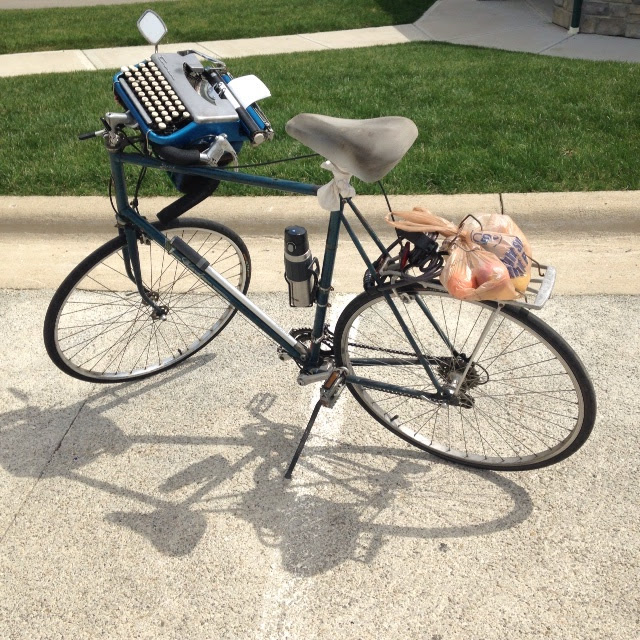







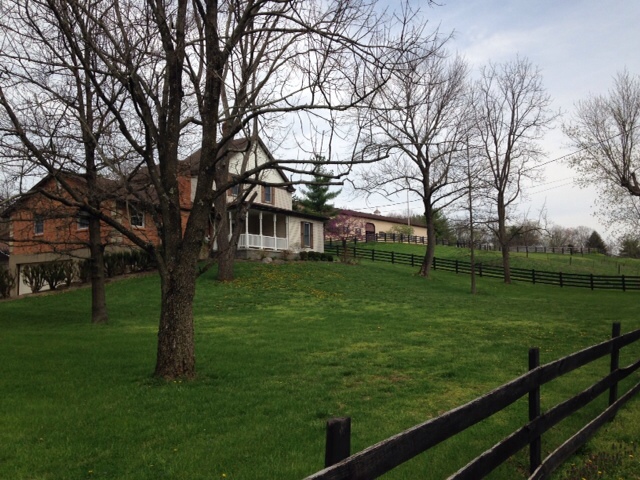

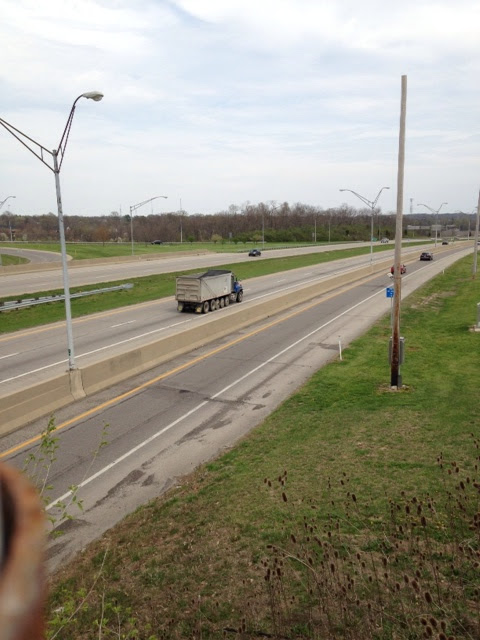

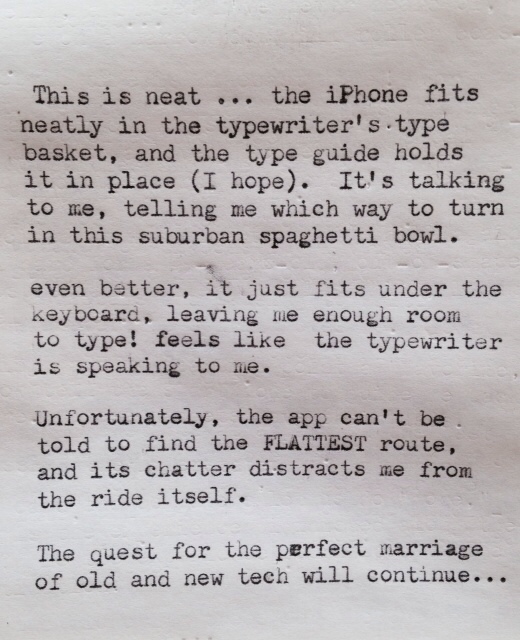
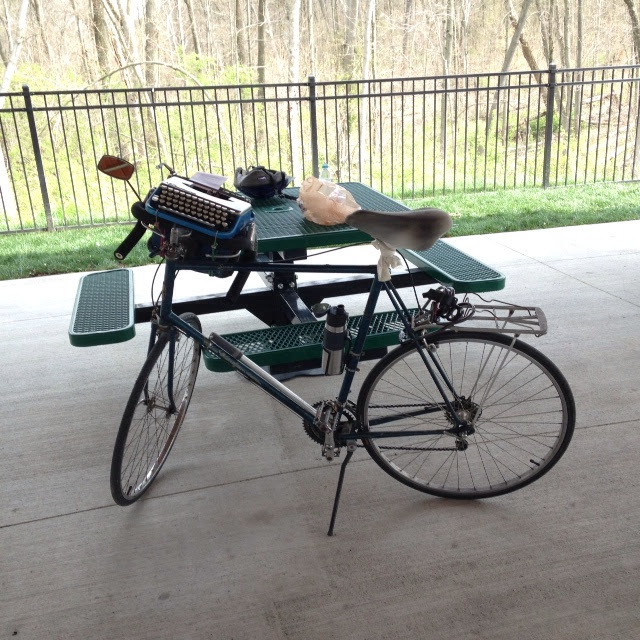
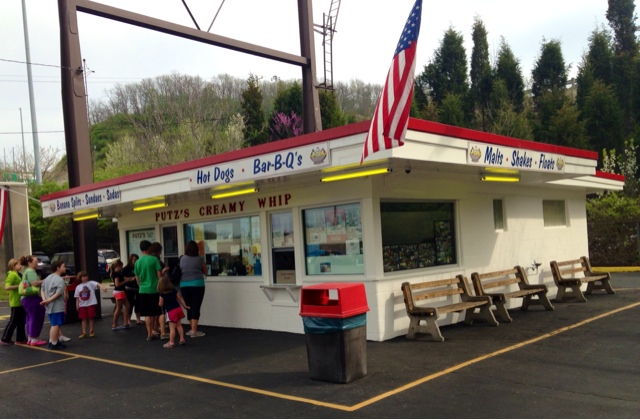

















Any reason why you chose Scheidegger? Does it come close to your perfect typewriter?
Surely there's an app for that.
Yes, it's called Collect Them All and See.
Also, and since I freed up one question by getting rid of question #1, could you ask "which side should the backspace be, right or left?" I find that key tripping me up a lot more than the tab key placement.
Brad
I'm with Rino: accumulate as many as you can and try them all.
Although I haven't tried that many typers, if I had to pick one today to write a book with it would be the Hermes 3K.
The shape/design of a SM2.
The feel of a Quiet De Luxe.
That would just about do it for me.